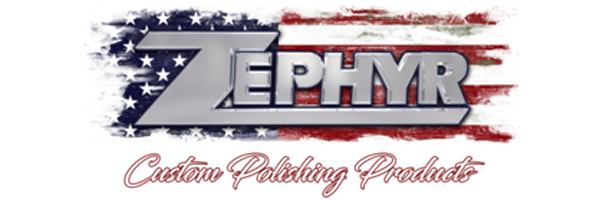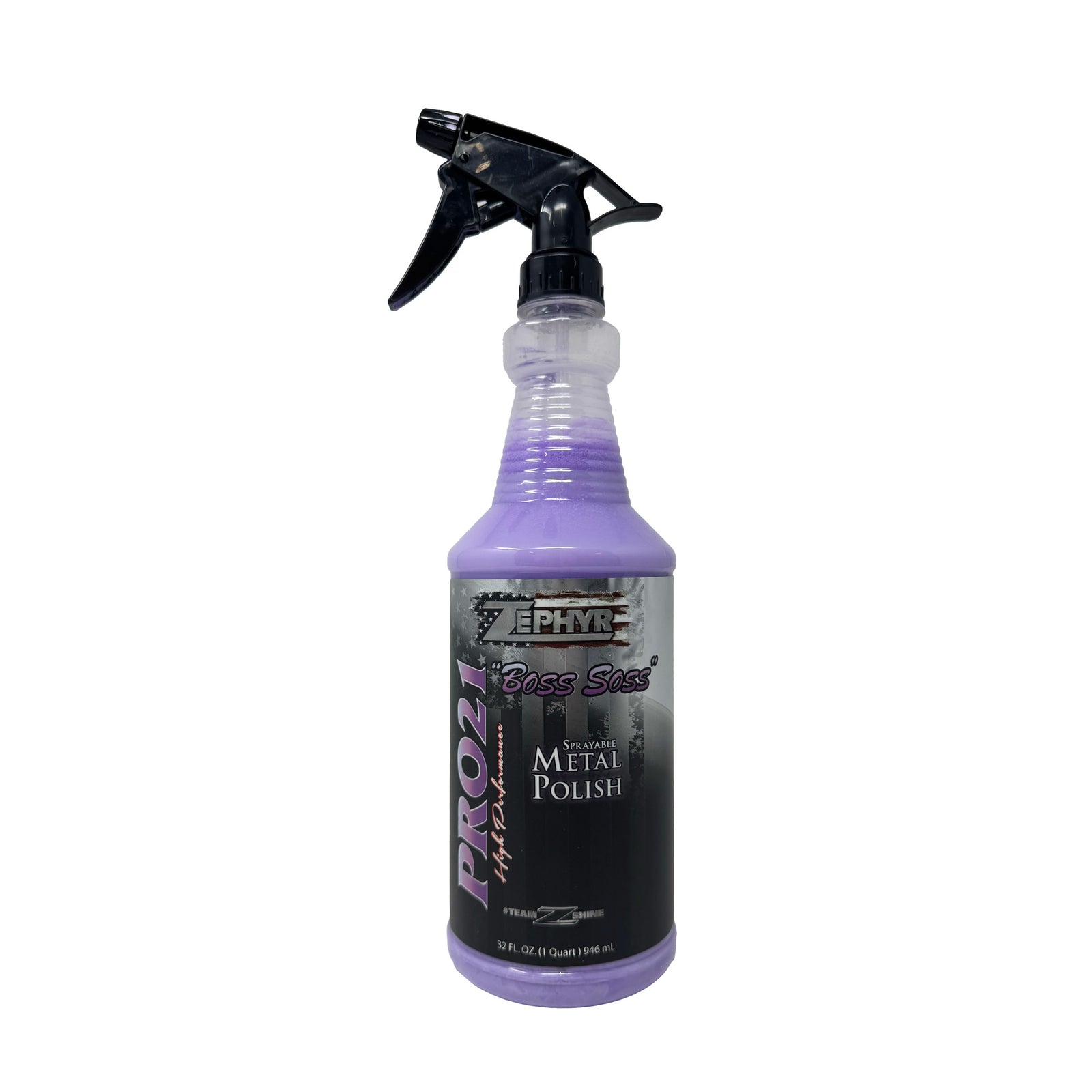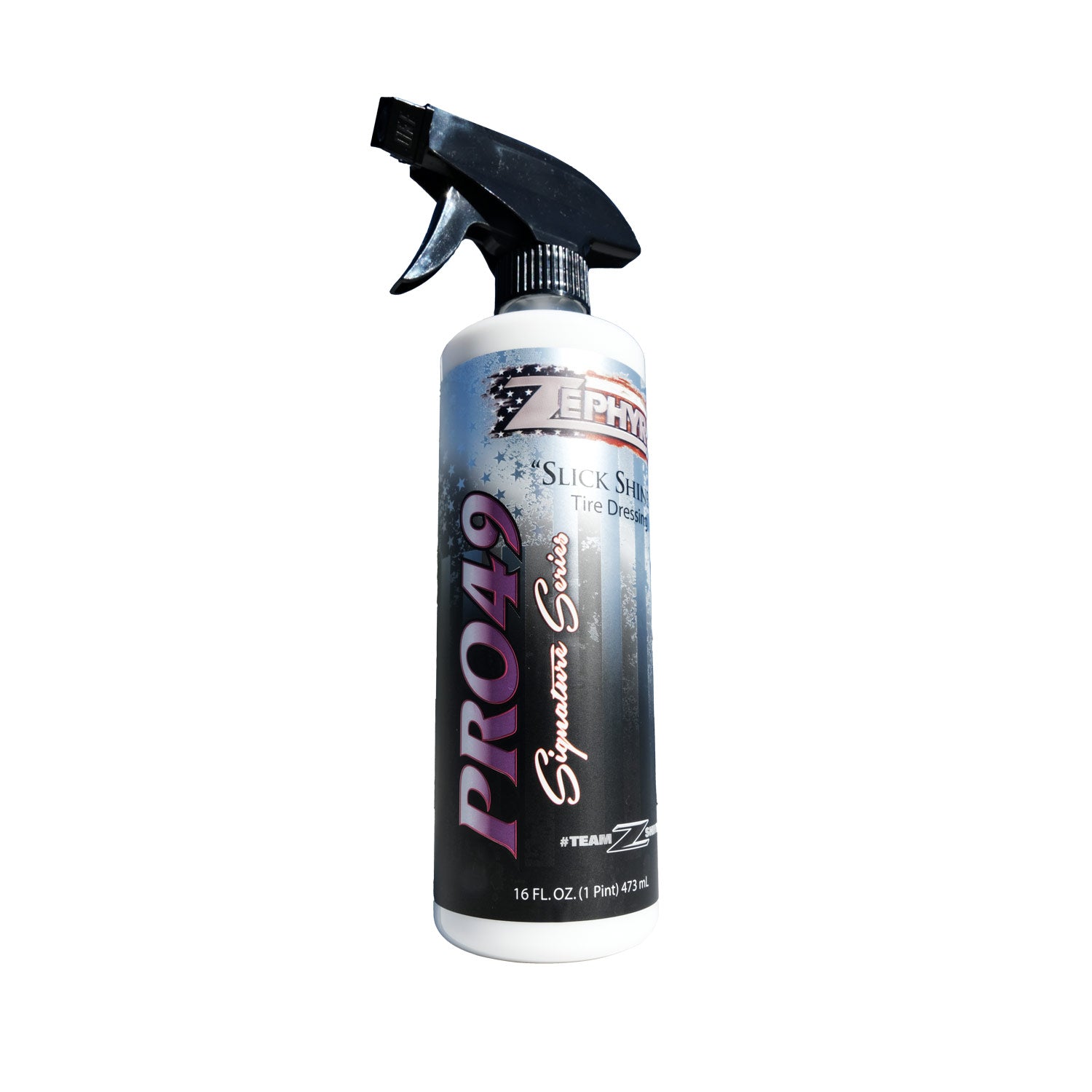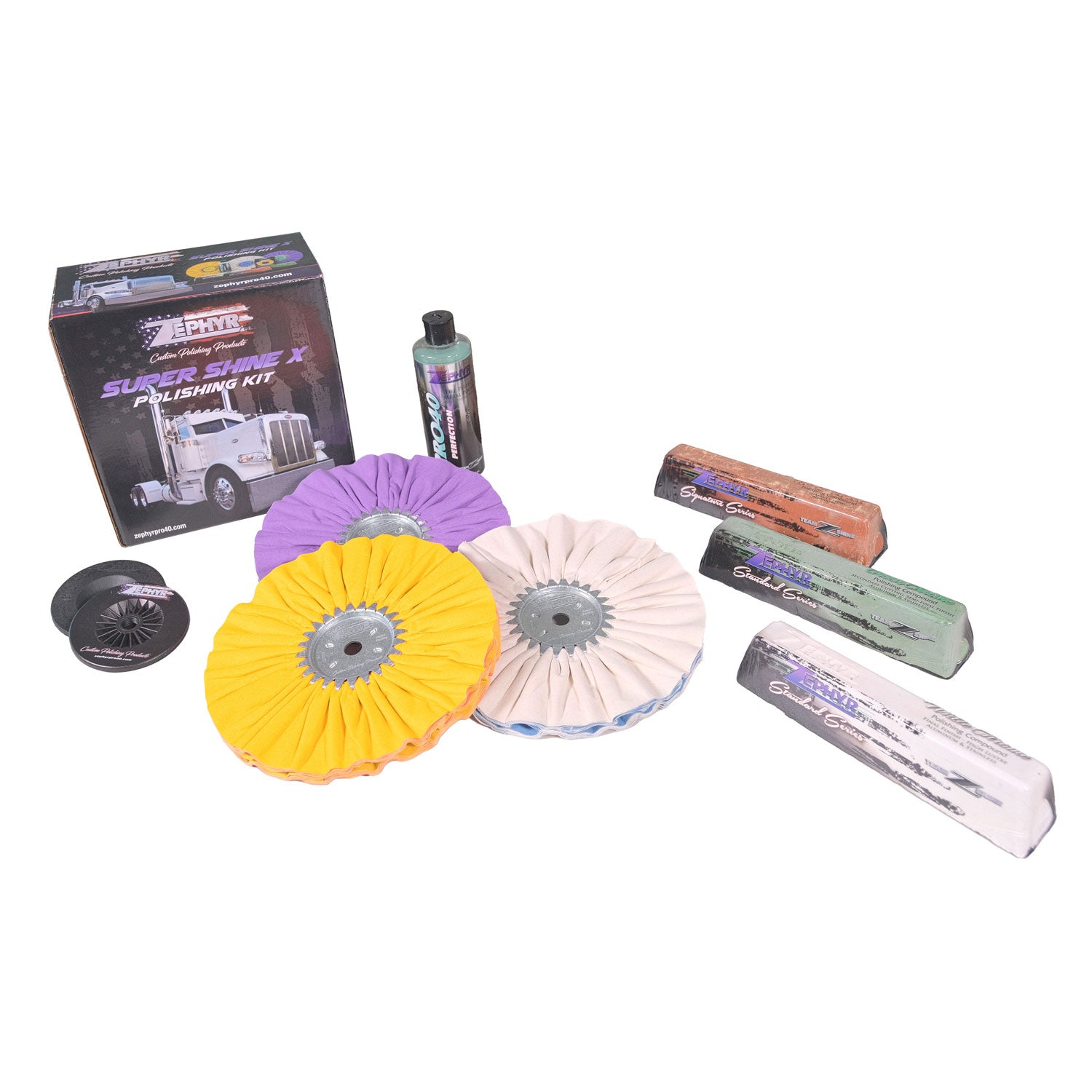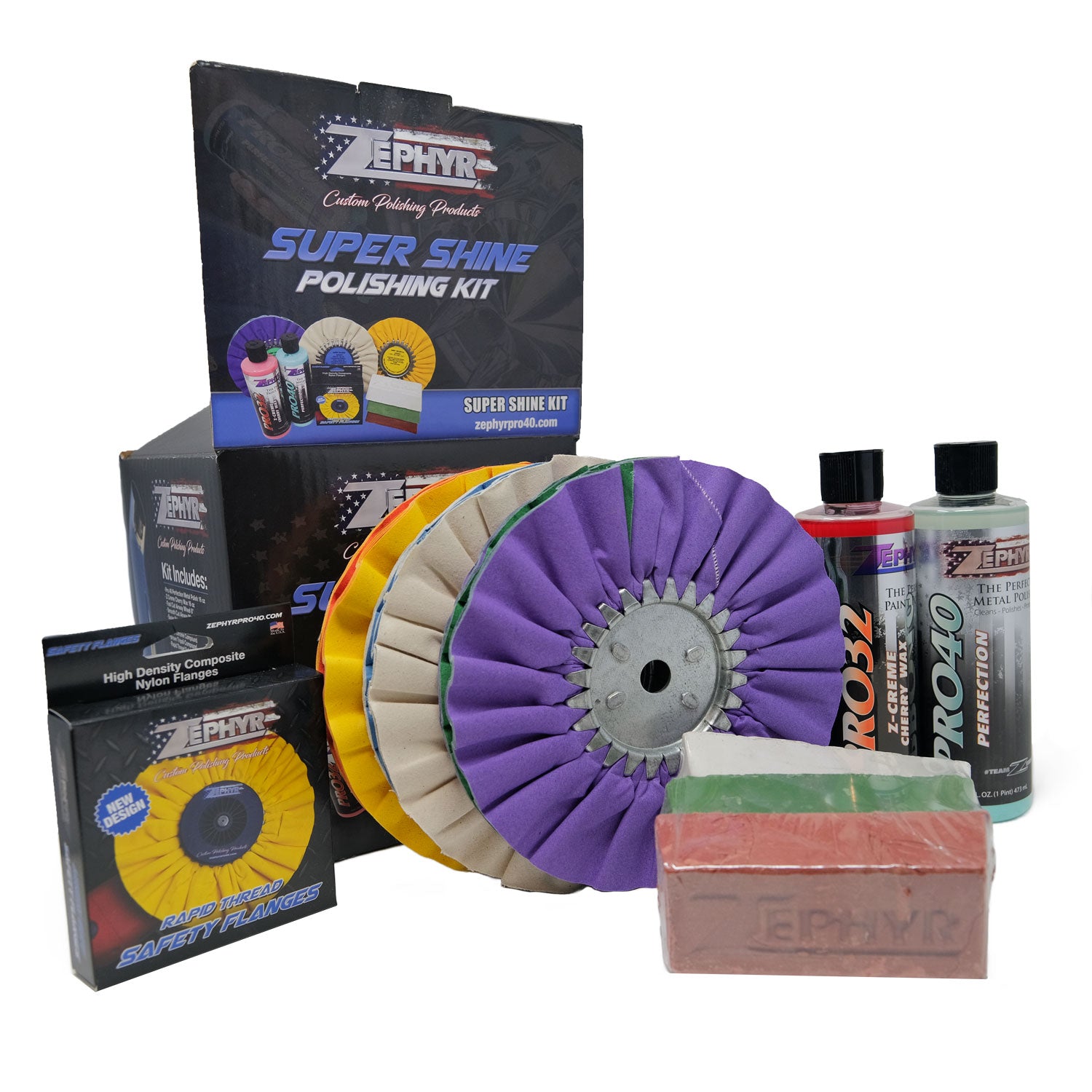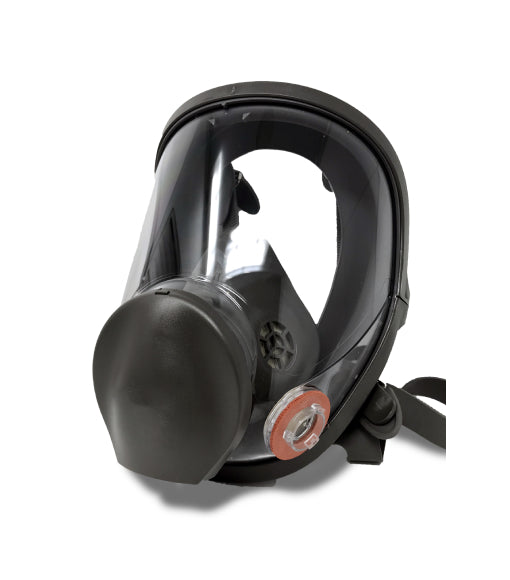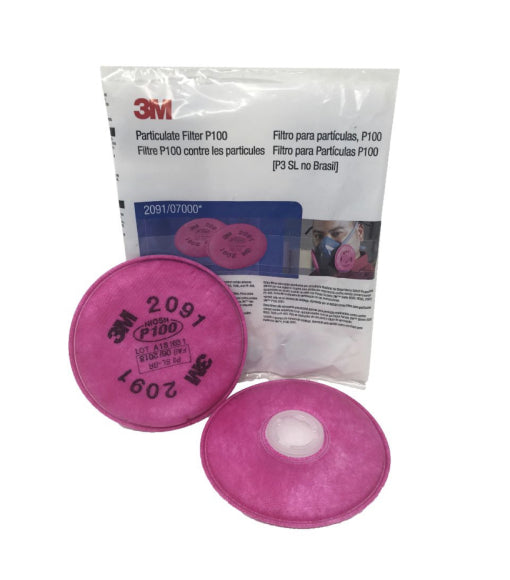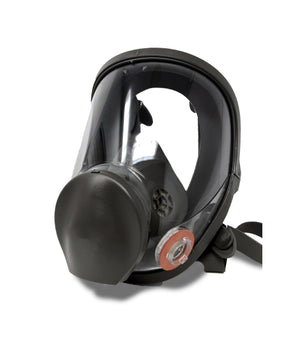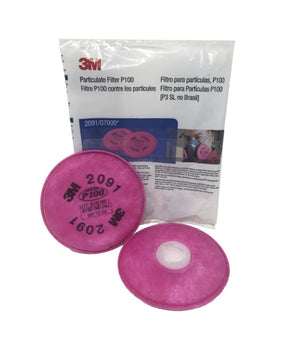The pro 60 soap is a must for anyone that knows what good soap is. I am a big believer in all the products that Zephyer makes.
Easy to apply. I use this on my polished aluminum wheels. I get lazy and use a carwash from time to time and my wheels come out stained from the chemicals in the soap. Using the Pro30 added a layer of protection, now my wheels stay spot free and no chemical residue from the carwash soap.
We use these for our boats and the guys say they are great for the stainless doors and deck plates.
Love this product along with the yellow cut wheel with brown compound for polishing my aluminum trailer windows on a stationary polisher. I had to drill out the center threads of the safety flange to get it to fit onto the 5/8” arbor.
It would be nice to be able to buy the 8” polishing wheel without the half bar of compound, and vice versa. Otherwise, the products have worked great for me!
Produit de qualité comme à son habitude. Merci gang continuer votre bon travail.
Bought this wheel to use on my aluminum pontoons. It works Great. I used the wheel until it got too small to continue on the second side. I wanted to get done quick and shipping was going to be 3-5 days so I went to a locale store and bought what I thought was the same wheel. Well after 10 minutes it was obvious the local wheel was NO Where near the quality. So I ordered 2 more from Zephyer and waited to finish. Will Never make a that mistake again!
